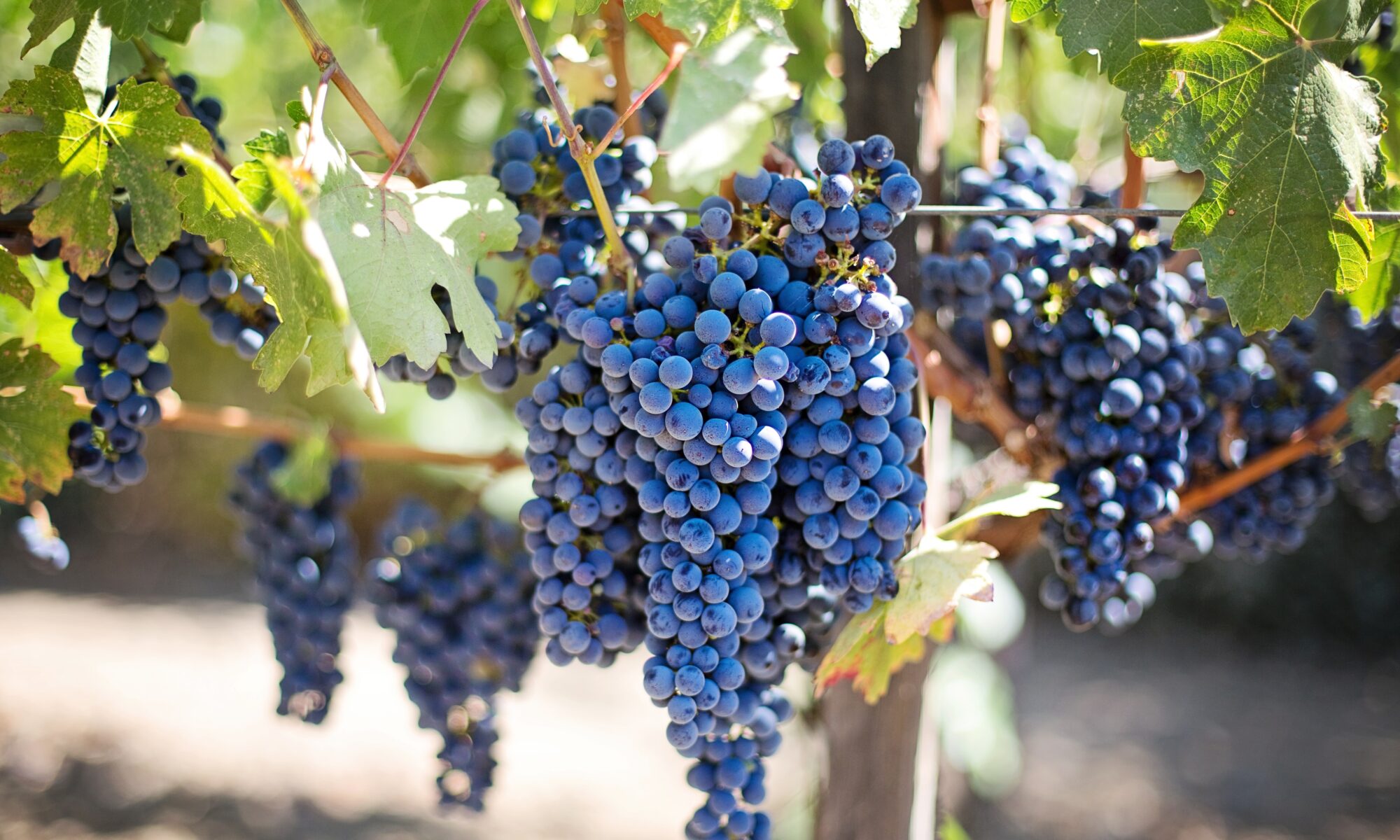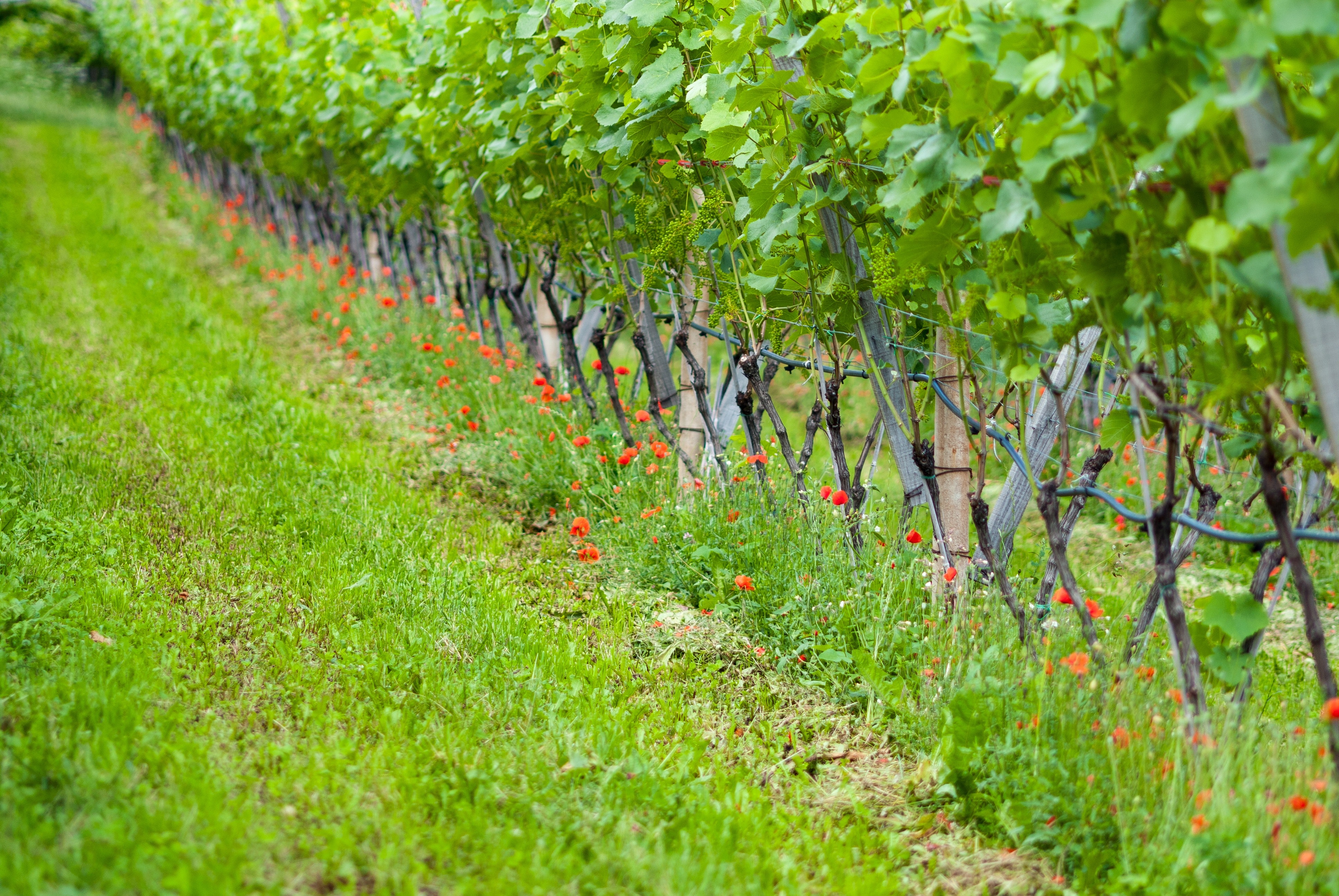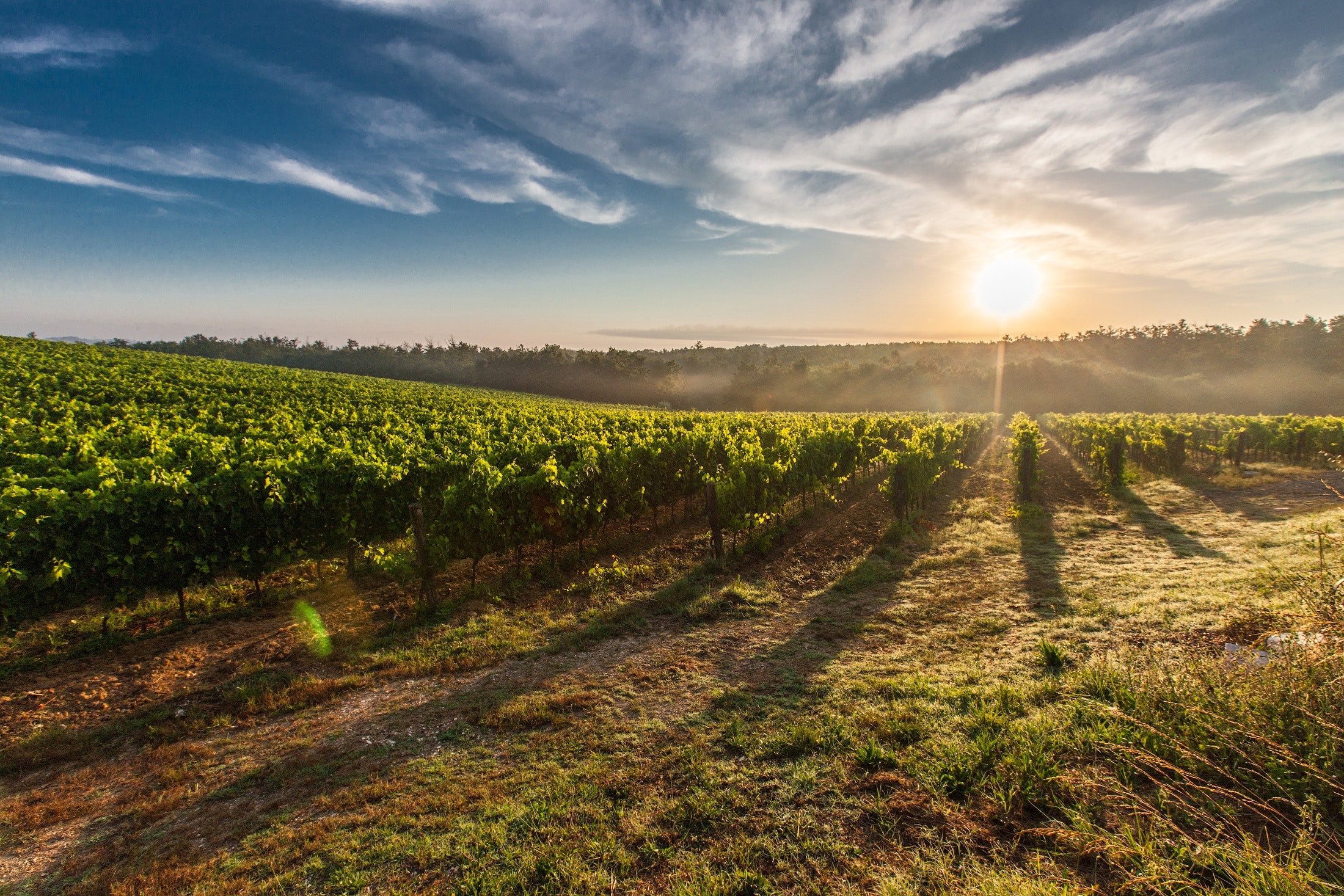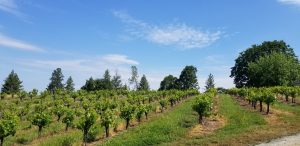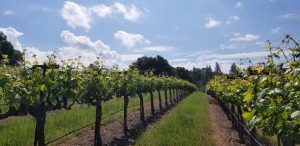Welcome to part two of our Vineyard Terminology series: Vineyard Floor!
Keeping the vineyard clean and neat helps to reduce competition against the vines and to produce concentrated fruit flavors. The Vineyard Floor refers to both the aisle between vine rows and the space underneath the vines; each of these areas requires different management practices to kept them clean.
Aisles:
There are two main approaches to keeping vineyard aisles tidy: 1) letting the native weeds and plants grow there during the dormant season and mowing them before they can compete with the vines in the spring, or 2) planting a Cover Crop, a mixture of nutrient-rich plants (generally legumes and grains), that can be cultivated into the aisle as a form of organic fertilizer. Both approaches have advantages, and the selection of one over the other is generally the vineyard manager or owner’s decision. Native weeds are easier to maintain since they do not require planting or maintenance (aside from mowing), but they can also leech important nutrients from the soil and pull stored water out of the ground. Cover crops are a good nutritional alternative to fertilizer or soil additives, particularly for organic vineyards that have few nutritional supplement options, but they require a fair amount of labor to establish and maintain every year.
Under Vine:
The under vine area is a critical area to keep free of weeds, but due to the presence of the vines, options are sometimes limited. The most common approach for controlling the under vine space is to spray a mixture of herbicides when the weeds first appear. This will kill the weeds but leave the dormant vines unharmed, regardless of the chemicals used. Organic options for under vine sprays are also available, but generally require more applications. Other options for weed control in this zone include: weed whacking, which is extremely effective, but also very costly for larger vineyards; and cultivation tools, which till the soil to physically remove the weeds and disturb their seeding cycle.
Vineyard Floor management is essential for every vineyard, and the benefits of keeping this area clean can lead to a higher quality wine.
